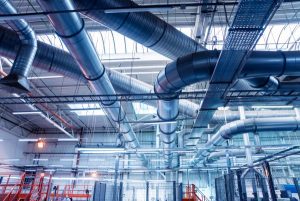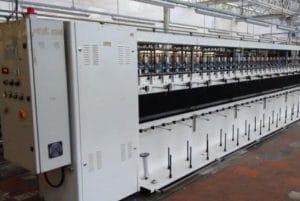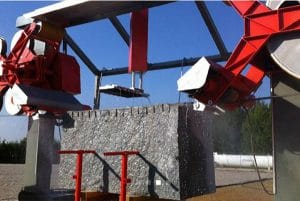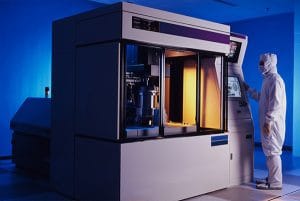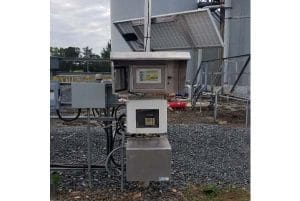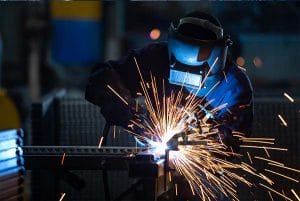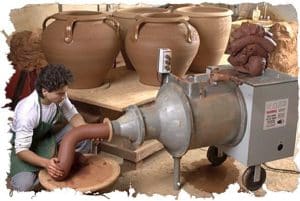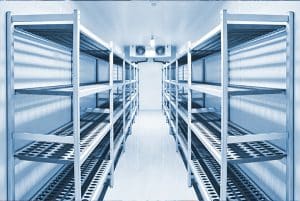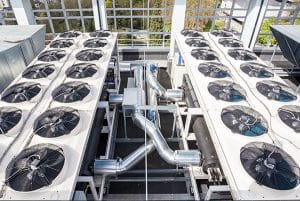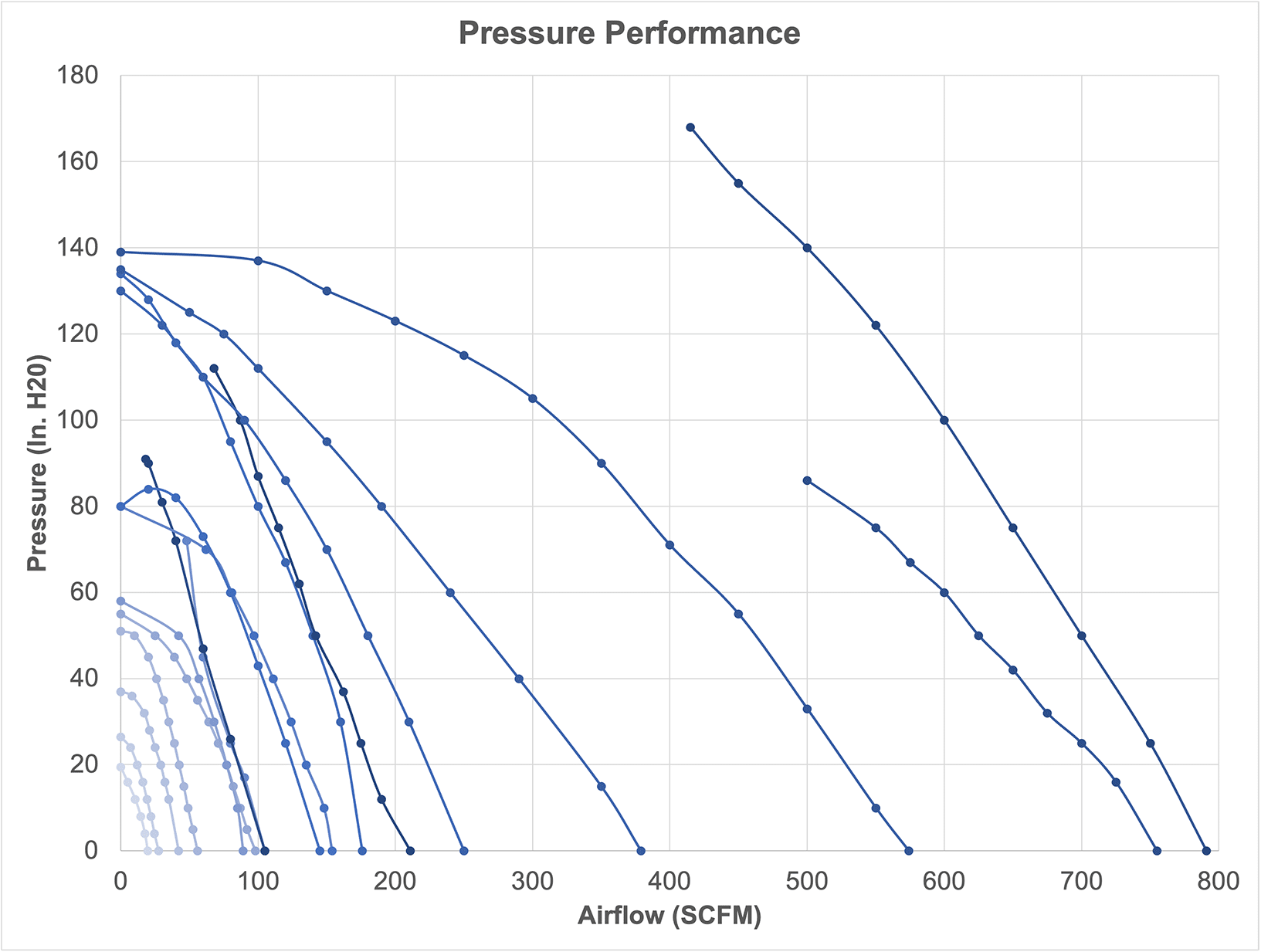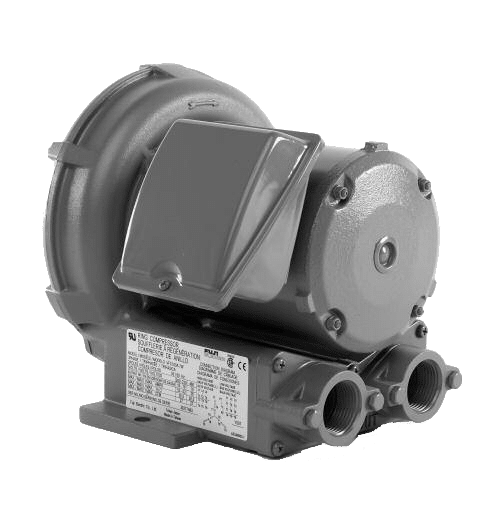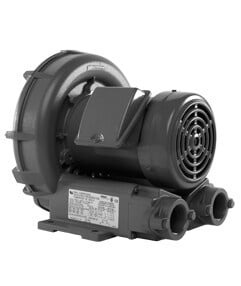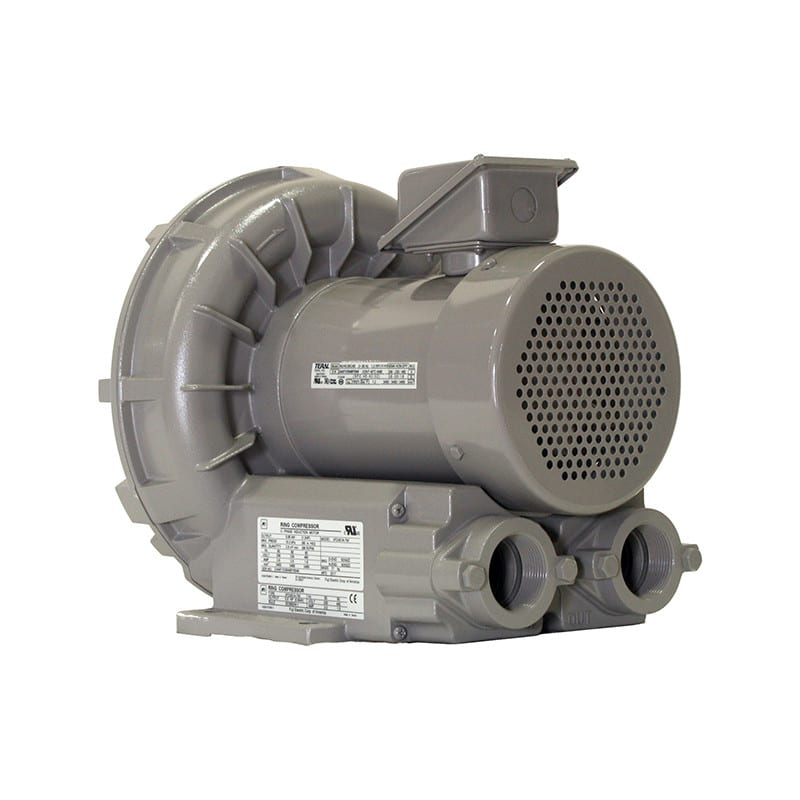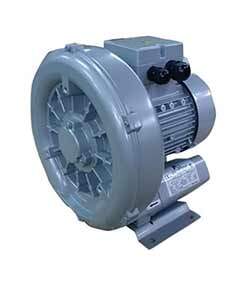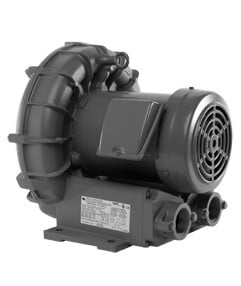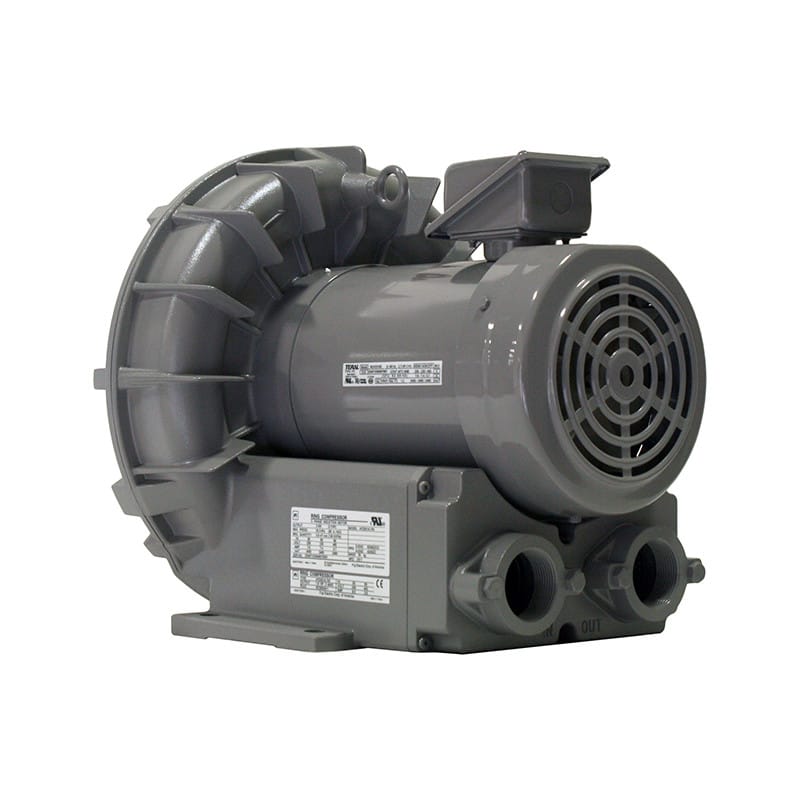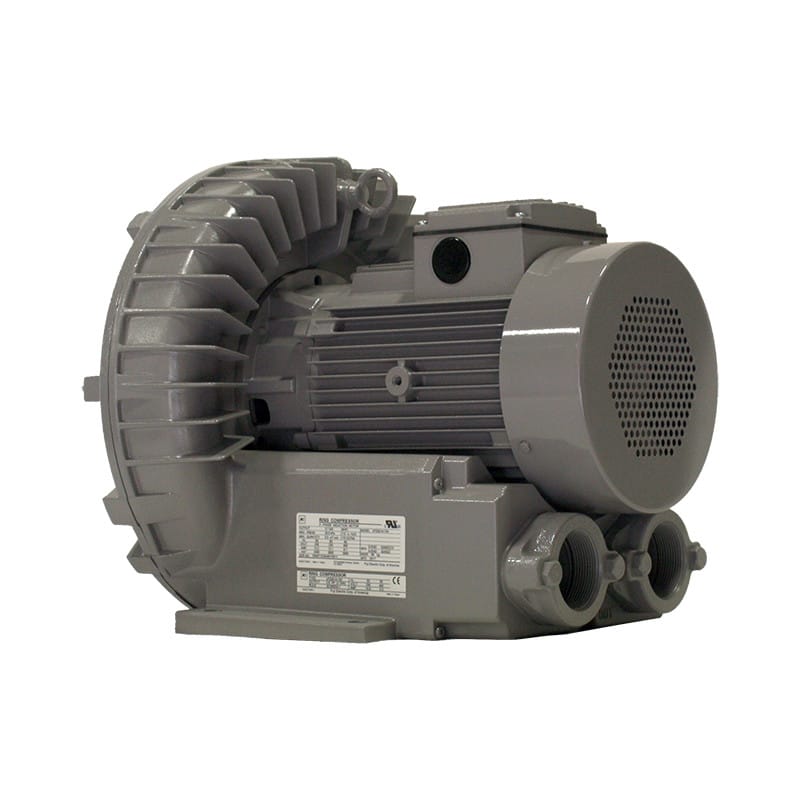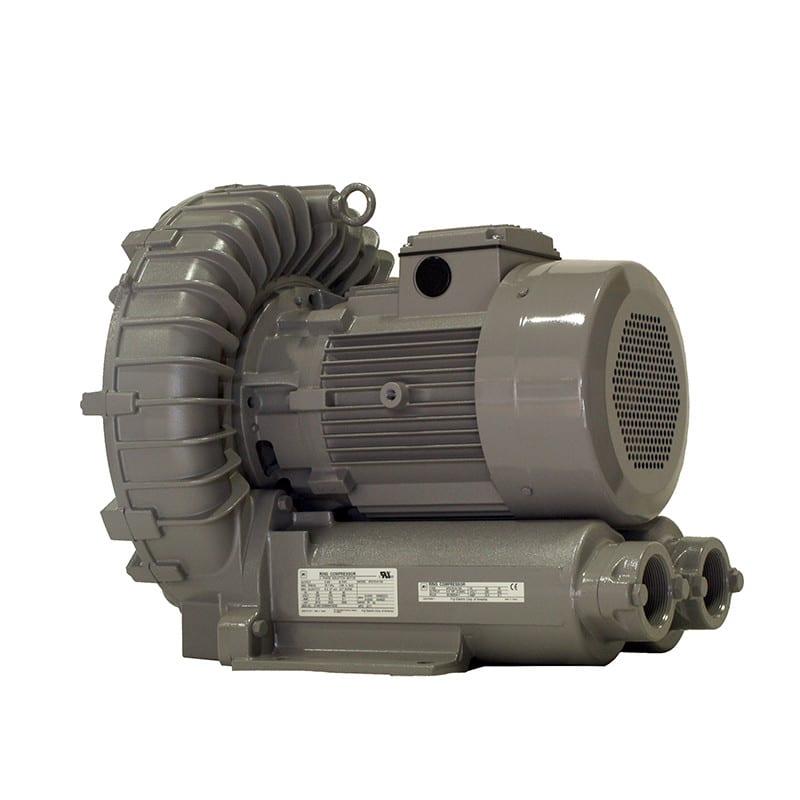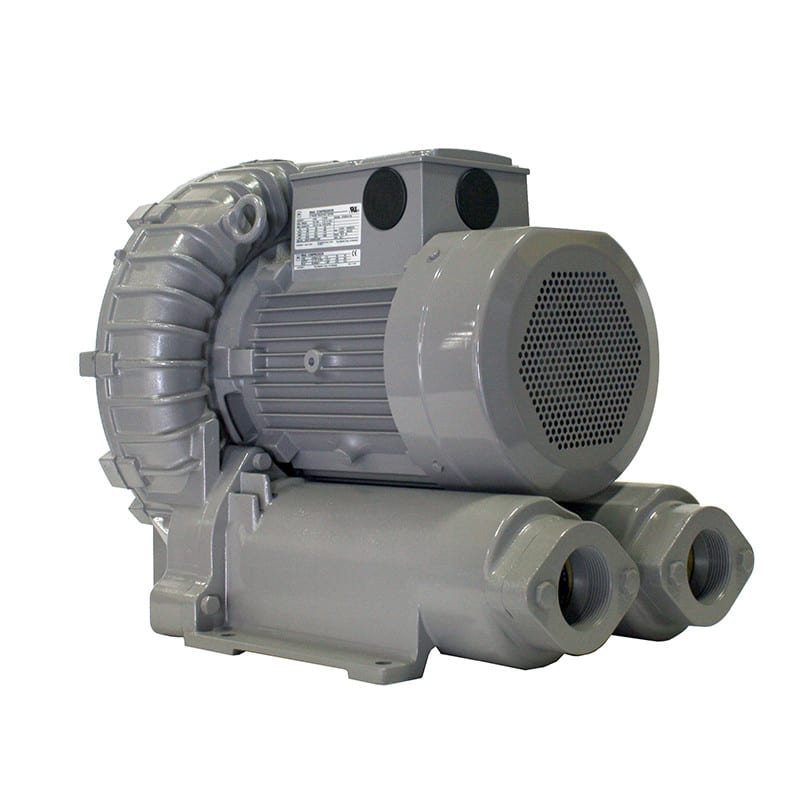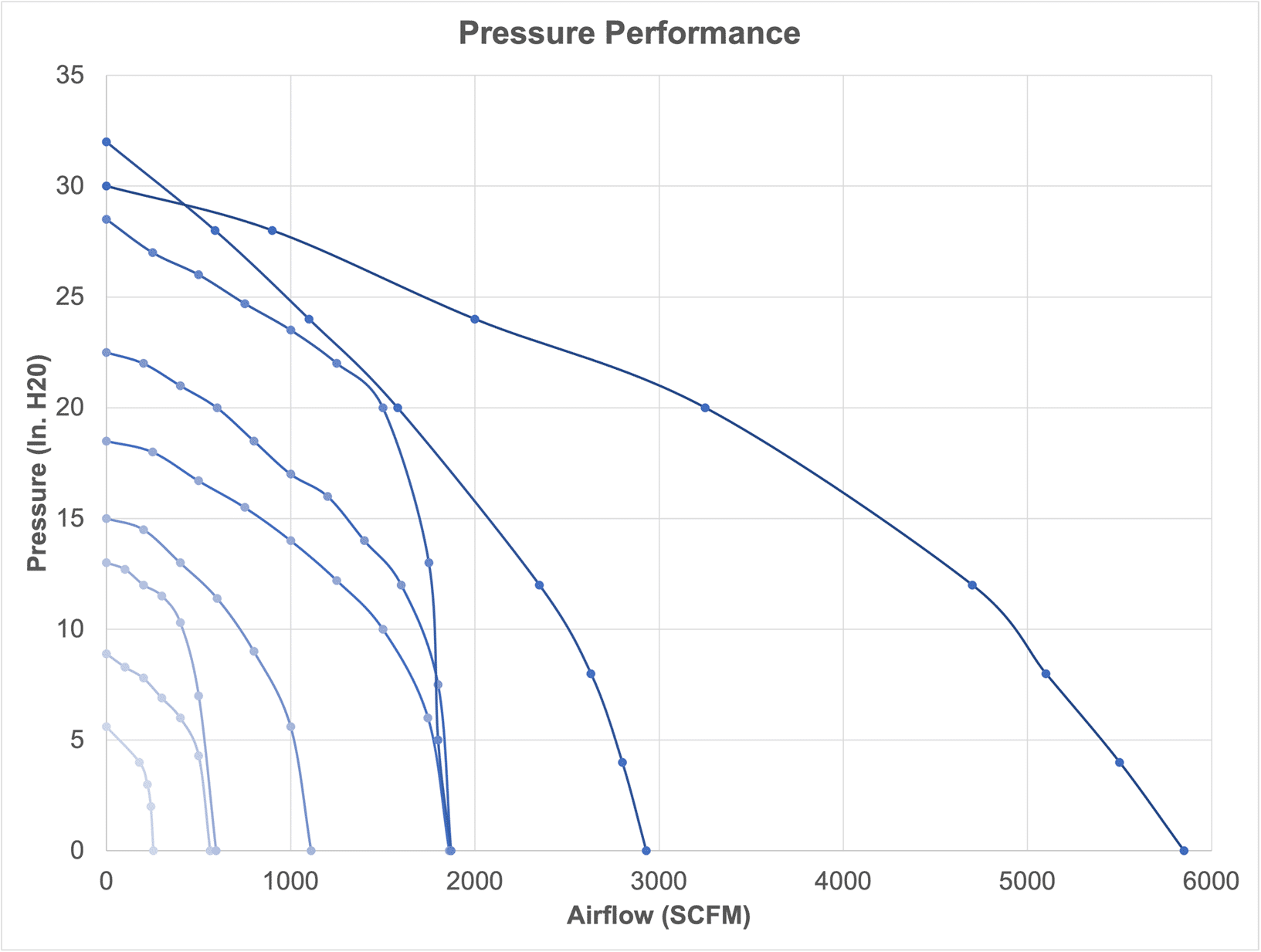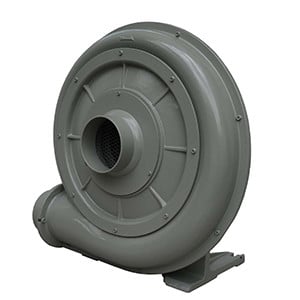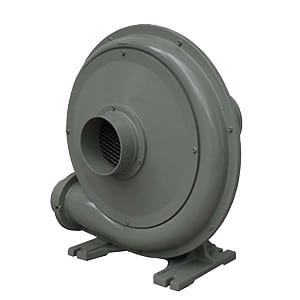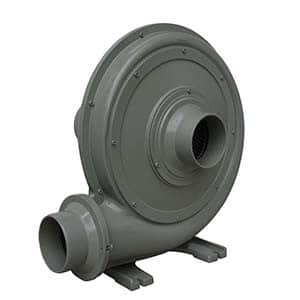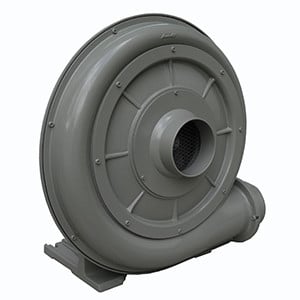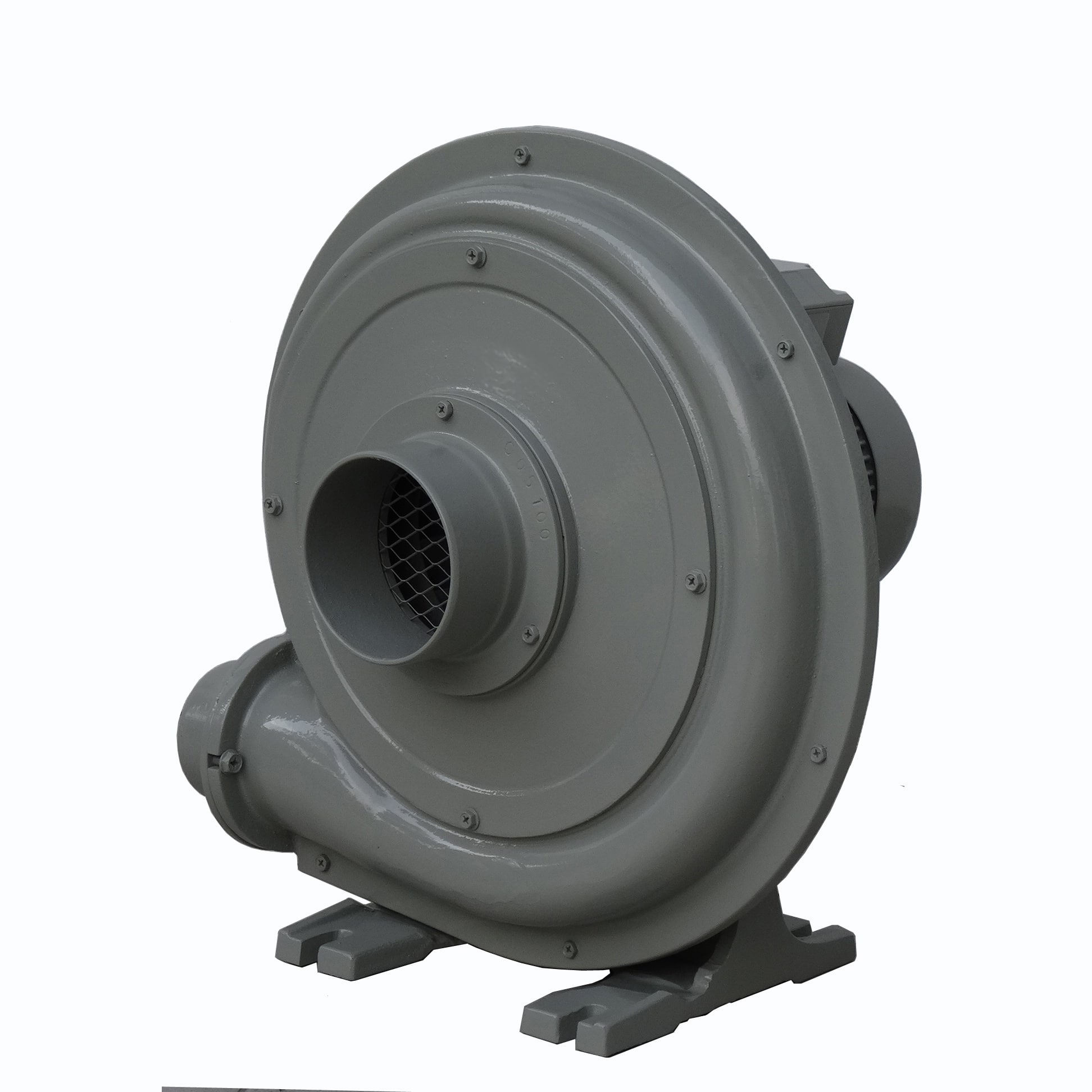Maintaining an AC drive is crucial for ensuring long-term performance, reliability, and efficiency. Here are the key maintenance activities typically required for an AC drive:
- Regular Inspections: Perform regular visual inspections of the drive to check for any signs of wear, damage, or unusual conditions. Inspect the mounting, wiring, and connections to ensure everything is secure and intact.
- Cleaning:
-
- Dust and Debris: Keep the drive clean from dust, dirt, and debris, which can accumulate and cause overheating or electrical faults. Use a dry or slightly damp cloth to clean the exterior and low-pressure compressed air to remove dust from inside the drive’s enclosure.
- Ventilation Paths: Ensure that the cooling fans and ventilation paths are clear. Accumulation of dust in these areas can reduce the effectiveness of the cooling system, leading to overheating.
- Cooling System Maintenance:
-
- Fans: Check the condition of the cooling fans regularly. Replace them if they show signs of failure or are unable to maintain the required cooling performance.
- Filters: If the drive has air filters, clean or replace them according to the manufacturer’s recommendations.
- Checking Connections: Periodically check all electrical connections for tightness and corrosion. Loose connections can lead to higher resistance and potential overheating or electrical fires.
- Software Updates: Keep the drive’s firmware and software updated to the latest version. Updates can fix bugs, improve performance, and add new features to the drive.
- Monitoring Performance:
-
- Parameter Checks: Regularly check the operational parameters of the drive, like output frequency and voltage, to ensure they match the desired settings.
- Error Logs: Review the error logs periodically to identify any recurring issues or faults that need to be addressed.
- Environmental Checks:
-
- Ambient Temperature: Ensure that the ambient temperature around the drive remains within the specifications provided by the manufacturer.
- Humidity and Corrosion: Check for signs of moisture or corrosion, especially in harsh environments. Use appropriate protective measures, such as installing the drive in a cabinet with climate control if necessary.
- Scheduled Downtime: Plan for periodic shutdowns to perform comprehensive maintenance checks, including testing and calibration of the drive.
- Professional Audits: Consider having a professional service technician or engineer perform an annual audit of the drive system. They can perform more complex diagnostics, calibrations, and repairs that might be beyond routine maintenance capabilities.
Following these maintenance steps will help extend the life of an AC drive and ensure it operates efficiently and reliably. Always refer to the manufacturer’s specific maintenance guidelines for the best practices tailored to your specific drive model.




